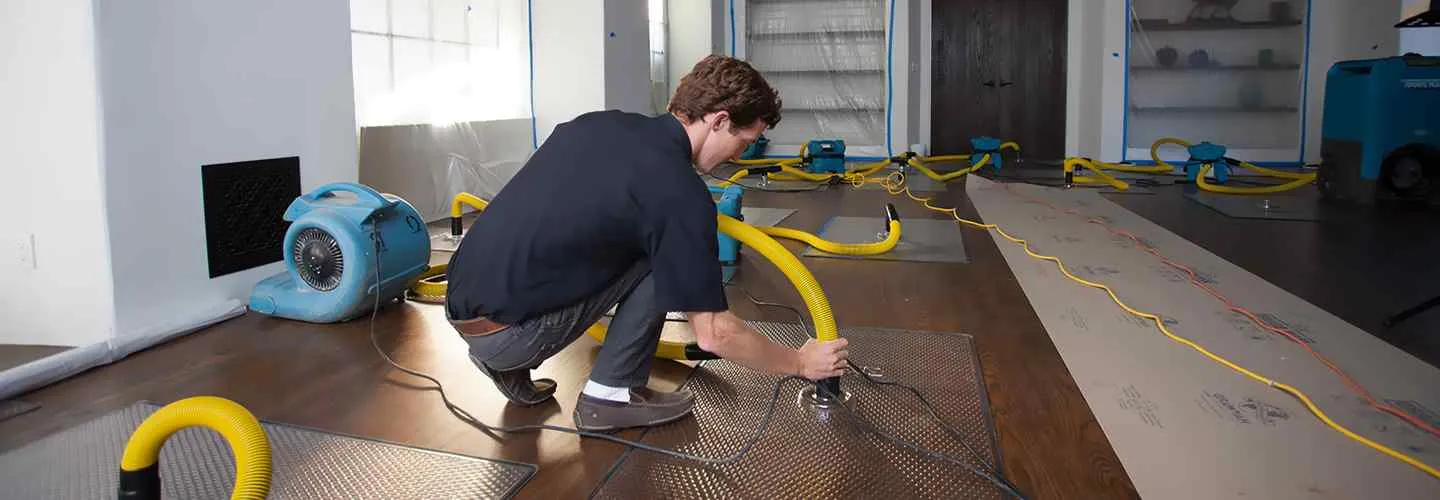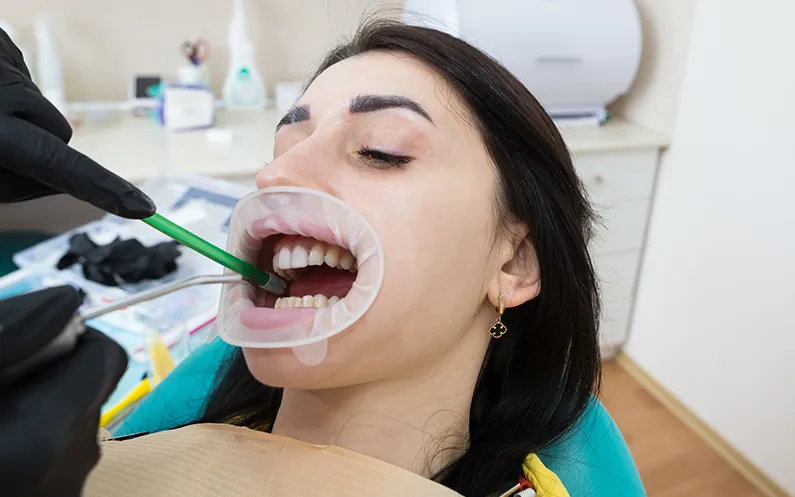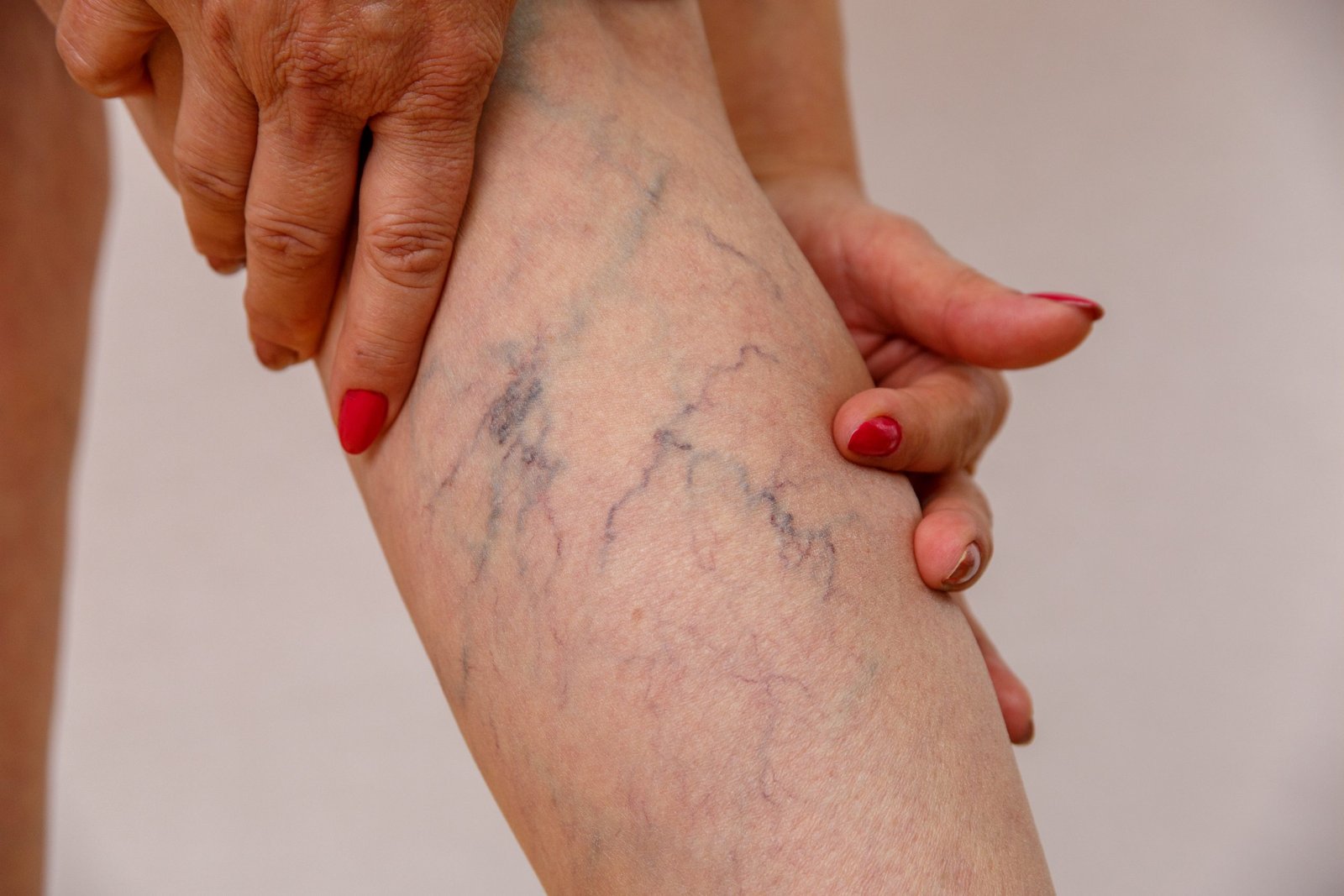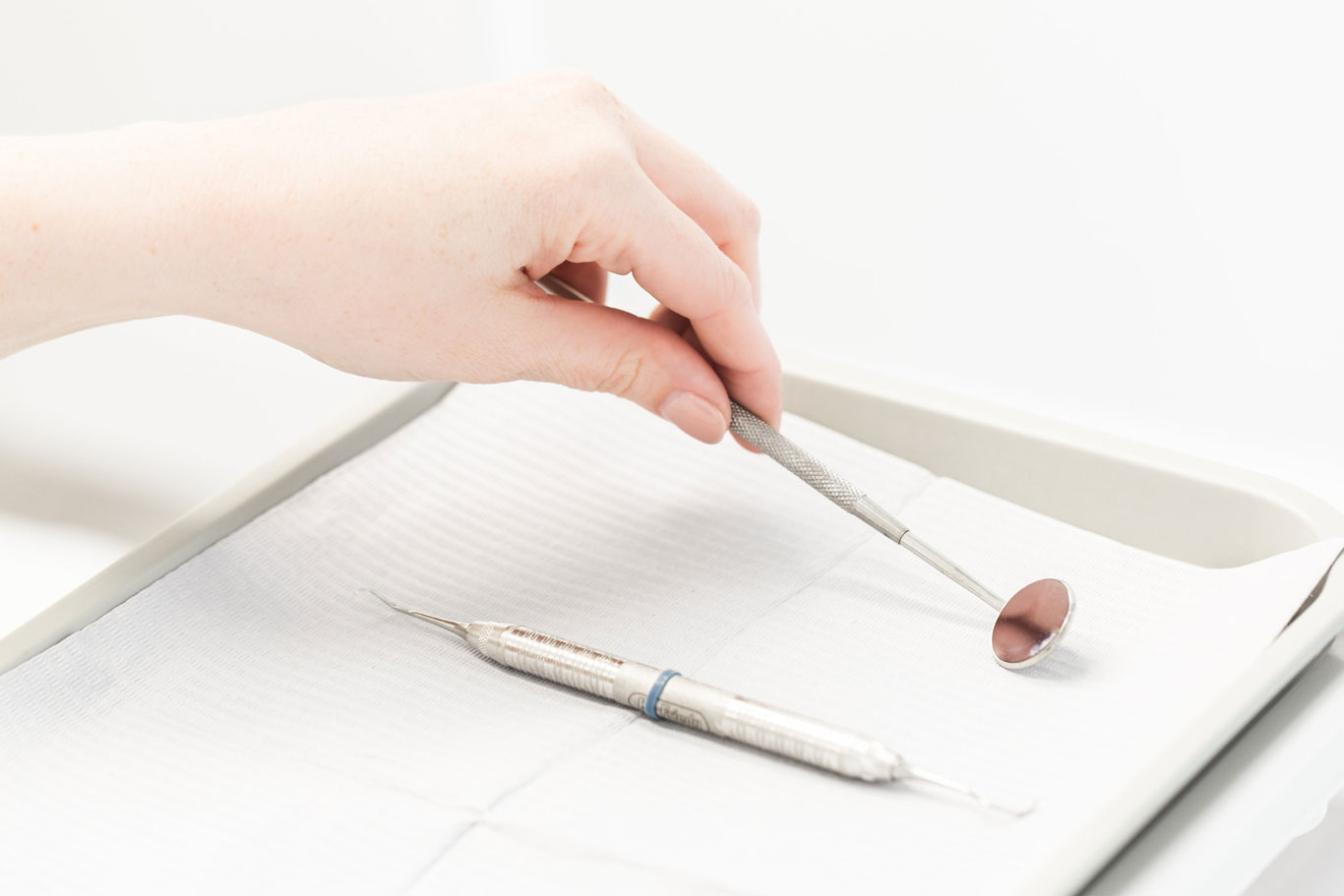What is cosmetic tooth bonding?
Want to give an ever-lasting first impression on people you meet? Wear a bright smile!
Unfortunately, this is not the case for many of us with discolored or chipped teeth. This is where cosmetic tooth bonding comes in handy to solve your several teeth problems.
But first, what is dental tooth bonding, and how does it work? Let's find out.
What is cosmetic tooth bonding?
Dental bonding or cosmetic tooth bonding is a cosmetic technique in which the dentist applies tooth-tinted composite resin to your teeth. Bonding can repair a variety of common tooth issues, including:
Irregularly shaped teeth
Chipped teeth
Gaps between teeth
Fractured teeth
Decay and discoloration
Cosmetic bonding is an excellent alternative to veneers. Many people choose teeth bonding over porcelain veneers, as it is less expensive and requires little to no tooth preparation.
How does cosmetic tooth bonding work?
Unlike porcelain veneers, cosmetic tooth bonding is a quick cosmetic procedure that can be performed in-office at your dental clinic. You can even have a complete cosmetic dental bonding in one visit if only one or few teeth need improvement.
To understand the cosmetic tooth bonding procedure, we've broken it down into three steps: preparation, process, and aftercare.
1 Preparation
Dental tooth bonding doesn't require much preparation from your side. All you have to do is visit the dentist's office with flossed and cleaned teeth. Make sure you're not overdue for teeth cleaning when you schedule your bonding appointment.
The dentist then selects a color according to your teeth's color and prepare the tooth-colored bonding resin. This dough-like material can be molded into the desired shape.
For the cases of surface repairs, there is no need for anesthetics. However, local anesthesia may be used if there is old restoration, tooth decay, the affected area is near a nerve.
2 The Process
The bonding process begins by roughening the tooth's surface. Then, a conditioning fluid is applied to make the resin stick to your teeth.
Next, the dentist will apply the tooth bonding resin and frame it into a shape. After smoothing the resin, your dentist will use a UVA light to speed up the resin's hardening process. This bright light turns several hours into only a few seconds.
Lastly, the resin is trimmed and smooth until it looks natural in your mouth. The complete tooth bonding process can take from 30 minutes to an hour per tooth.
3 Aftercare
The durability of tooth bonding depends on your oral habits. You need to maintain a good oral hygiene routine after your bonding procedure. Take counter painkillers as required or as prescribed by your dentist to take care of tooth sensitivity for a few days. Consume soft foods and avoid too cold or too hot foods for some time.
What are the risk factors involved?
The only risk to cosmetic tooth bonding is that the composite resin is not as durable as a natural tooth. It can be chipped if you bite hard things, such as ice, pens, fingernails, etc. So, if you're planning for a cosmetic tooth bonding treatment, it might be the best time to kick these habits.
Wrapping up!
A bright, healthy smile can boost your confidence. So, if you have a chipped tooth, discoloration, or a gap, consult the dentist for an inexpensive tooth repair that can restore your smile to past glory.
Visit your dentist to find out whether cosmetic tooth bonding is right for you.







































